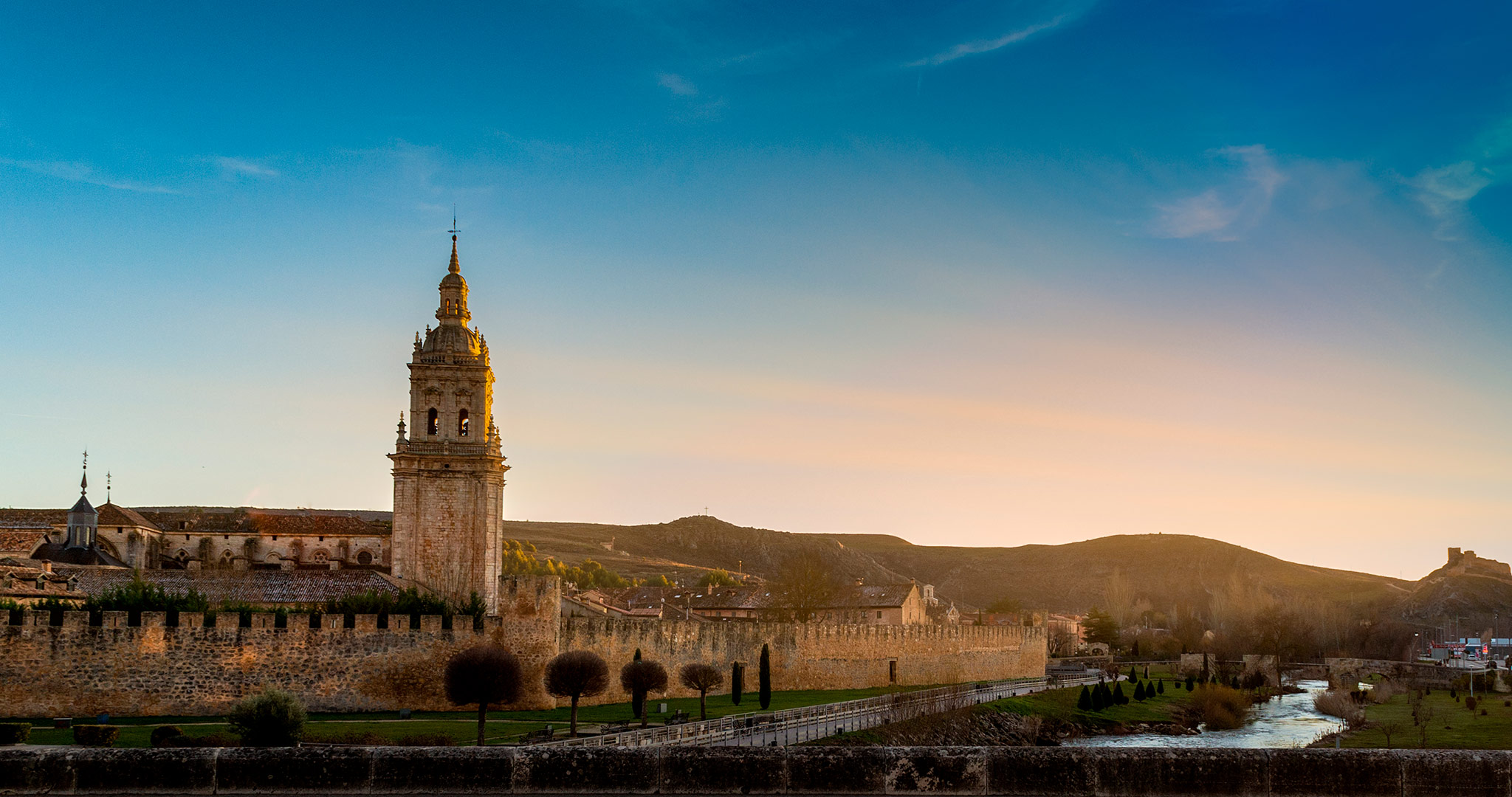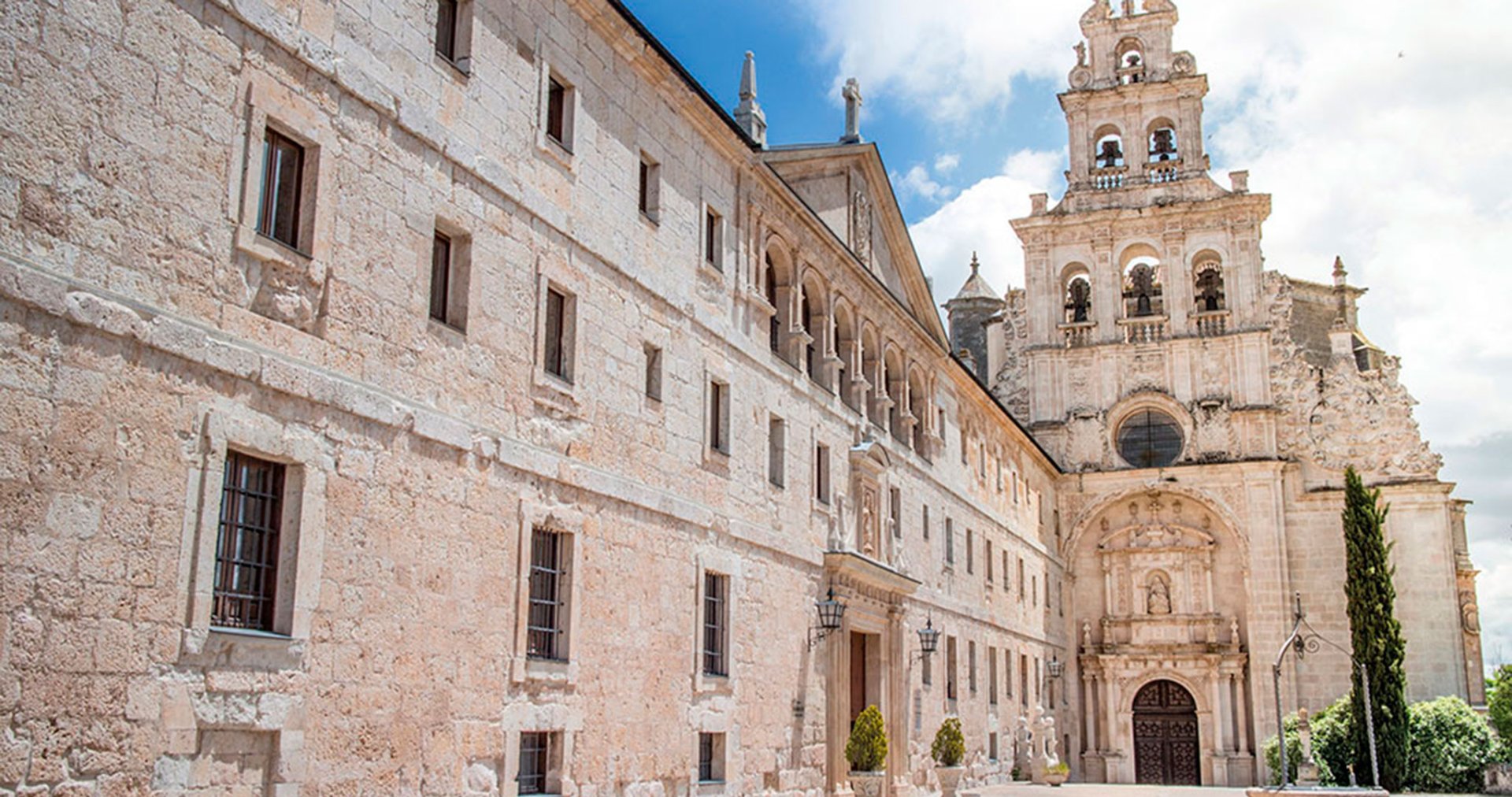History and culture

Make your booking
Checkin - Checkout
History and culture
The surroundings of Burgo de Osma have a unique cultural and architectural richness. A sample of this is the village which seem to have been paralyzed in time, preserving the essence of other times, through its architecture and history, such as the San Baudelio Hermitage, Gormaz Castle, Vid Monastery, Uxama Argaela...
Our recommendations
Villa Romana de la Dehesa
Blas Taracena y José Tudela fueron los descubridores, en 1928, de este fantástico conjunto arqueológico situado en la localidad de Las Cuevas de Soria, a tan solo 45 minutos de Castilla Termal Burgo de Osma. Los restos de lo que fue una lujosa casa de campo de cerca de 4.000 metros cuadrados que fue levantada a mediados del siglo IV pueden apreciarse en este yacimiento junto al río Izana.
La planta de la casa es rectangular y se organiza en torno a un gran espacio central ajardinado con múltiples estancias -las excavaciones han descubierto hasta 30 habitaciones- a su alrededor decoradas con materiales de enorme calidad. Se construyó con piedra y cemento y se elevaron sólidos muros que han permitido su magnífica conservación.
La casa contaba también con un conjunto termal en el que se identifican hornos exteriores para el calentamiento de las estancias correspondientes: frigadarium, tepidarium y caldarium. Tenía además una bañera alargada decorada con mosaicos.
La visita se realiza desde una pasarela que permite ver con detalle todos y cada uno de los rincones de La Dehesa, donde además se organizan periódicamente diversos talleres y actividades relacionados con la arqueología y la historia. Un lugar que nos conecta con el pasado y con la forma de vivir que tuvieron quienes habitaron estas tierras.
Fotografía cedida por SoriamuséuM.
More information





